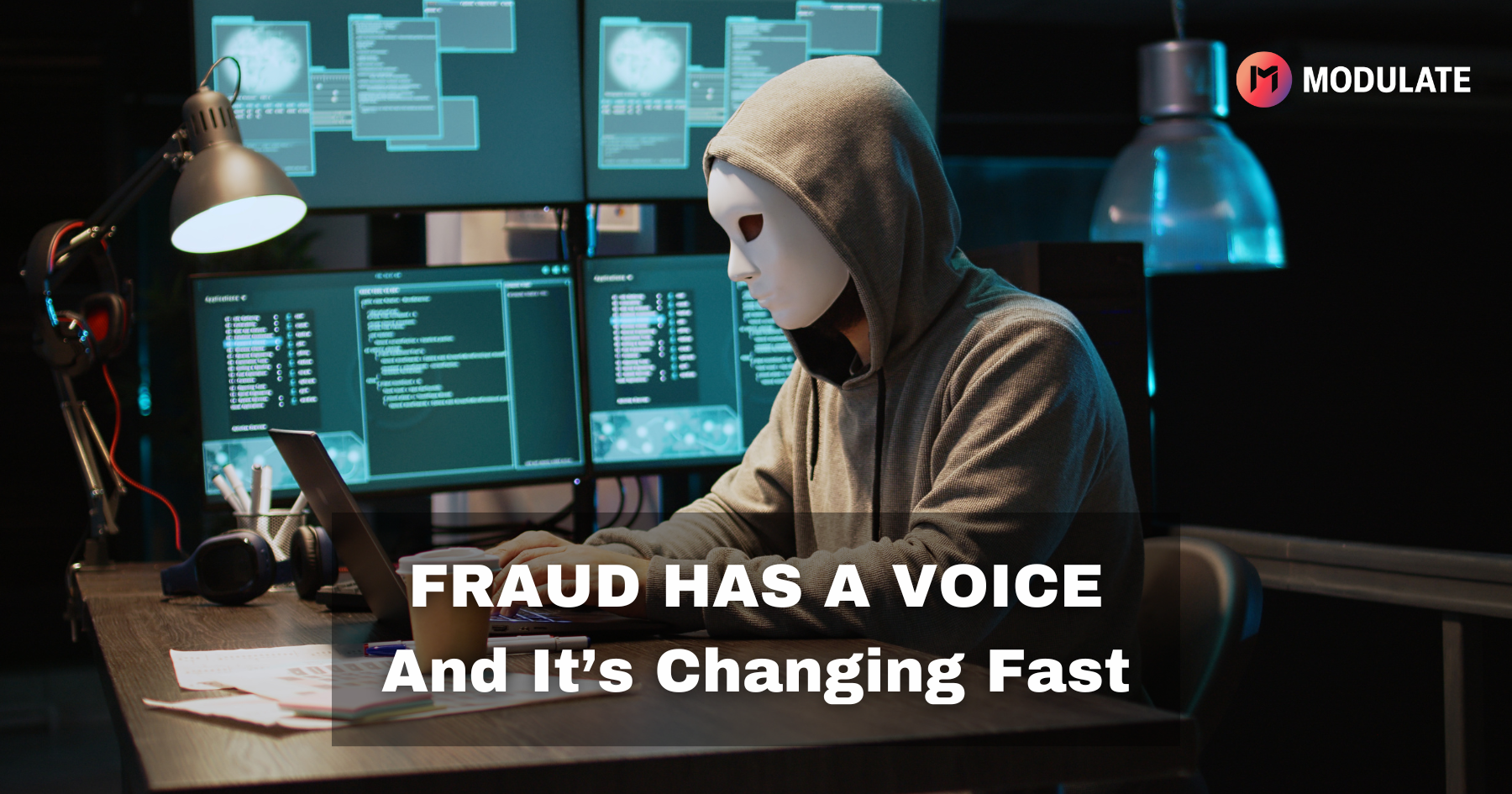What Is Online Prosocial Behavior?

We often talk about the "why" behind ToxMod: to build better online communities that encourage prosocial behavior. ToxMod is able to detect toxic and harmful behavior happening in voice calls or voice chats, flagging those instances for moderators to review and intervene before an exchange escalates to further harm. Detecting and preventing negative behaviors is one piece of the puzzle when it comes to making the internet a better place, but we also want to be able to make space for positive experiences. As we’re exploring how to expand the ability of ToxMod to detect indicators of prosocial behavior, that leaves us with one important question: what exactly is prosocial behavior?
Defining Prosocial Behavior
While there has been plenty of research on prosocial behavior, especially in gaming, there is no singular and holistic definition. In our research and work on ToxMod, we view prosocial behavior as actions and social maneuvers that foster productive (usually positive) interactions and build resilience within a community. These behaviors are the foundation of healthy, vibrant online spaces and are critical for their long-term success.
It’s important to note that prosocial behavior doesn't always equate to positive interactions—it's about productive engagement, whether through agreement or disagreement. This concept operates on both individual and systemic levels, focusing on what people are doing in a space to create healthy connections and examining the broader factors that make that space a true community.
The Challenges of Measuring and Encouraging Prosocial Behavior
Detecting and measuring prosocial behavior is no easy task — especially since there's no single definition for it, as mentioned above. Beyond the definition, the complexity of social interactions—tone of voice, actions, and the relationships between participants—makes it difficult to quantify. If someone says “thank you” to a customer service representative over the phone, would that be considered prosocial in and of itself? Most likely not, because other factors like the tone of voice and inflection might indicate sarcasm or contempt.
Technology like ToxMod could get us close to understanding prosocial behavior based on voice conversations, but it’s not perfect. At Modulate, we track speech metrics like transcription, perceived identity, and interaction patterns. Our tech solutions aim to combine discrete and disparate data points to paint an imperfect picture of behavior, and provide enough relevant context to enable humans to make informed decisions..
Even with advanced analysis, technology might misinterpret interactions. For instance, if someone counters a slur and isn’t supported by others, the technology might categorize the entire interaction as antisocial, despite the prosocial intent of the counter. This complexity makes it challenging to rely solely on tech for detecting and fostering prosocial behavior. That’s why we always advocate for the use of human moderators to review ToxMod’s reports of toxic behavior — yes, technology can help to expedite detection processes, but it will not be able to perfectly discern the many nuances of human behavior.
Examples of Platforms Encouraging Prosocial Behavior
Some game studios are leading the way in promoting prosocial behavior. For example, Valorant and EA are very transparent about their expectations for player behavior, which is key to setting a positive tone in any gaming community. Setting clear expectations for user behavior is the first step in establishing a prosocial culture in any community.
Another game studio, Blizzard, is working on implementing a proactive monitoring system for prosocial behaviors by a member of the player success team, emphasizing the importance of recognizing and rewarding positive actions.
What Can Platforms Do Now?
While automated detection and intervention using cutting edge technology is difficult, platform leaders can still take actionable steps to promote prosocial behavior in their communities:
- Communicate Expectations: Clearly outline and regularly remind your users of the expected behavior. Use splash screens and load-in or interstitial reminders to keep these expectations top-of-mind.
- Explain the “Why”: Help users understand why certain behaviors are encouraged. This can foster a deeper commitment to positive interactions.
- Acknowledge Prosocial Behaviors: Implement in-platform systems that reward prosocial actions. For example, users could earn a discount code or exclusive offers by demonstrating alignment with a platform’s code of conduct. Think about a loyalty program that rewards customers for the behaviors and actions you value.
- Track Longitudinal Data: Instead of just looking at individual interactions, track how users interact over time. This approach can provide deeper insights into the overall health.
Encouraging prosocial behavior is not just about avoiding and preventing toxicity—it’s about actively creating spaces where players can connect, compete, and collaborate in ways that enrich their gaming experiences and build lasting, positive communities.
Photo by Tim Mossholder via Unsplash.






.png)
